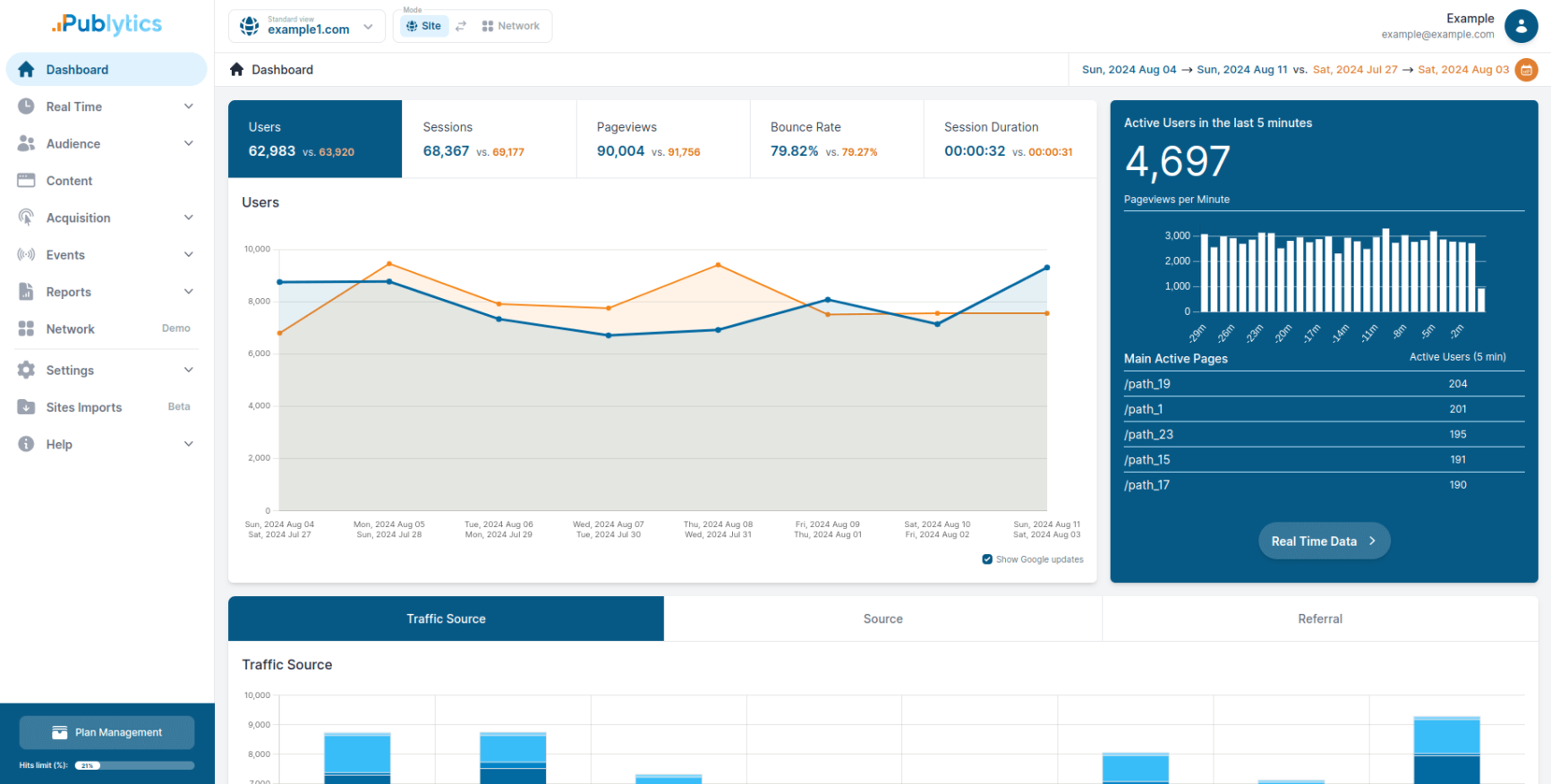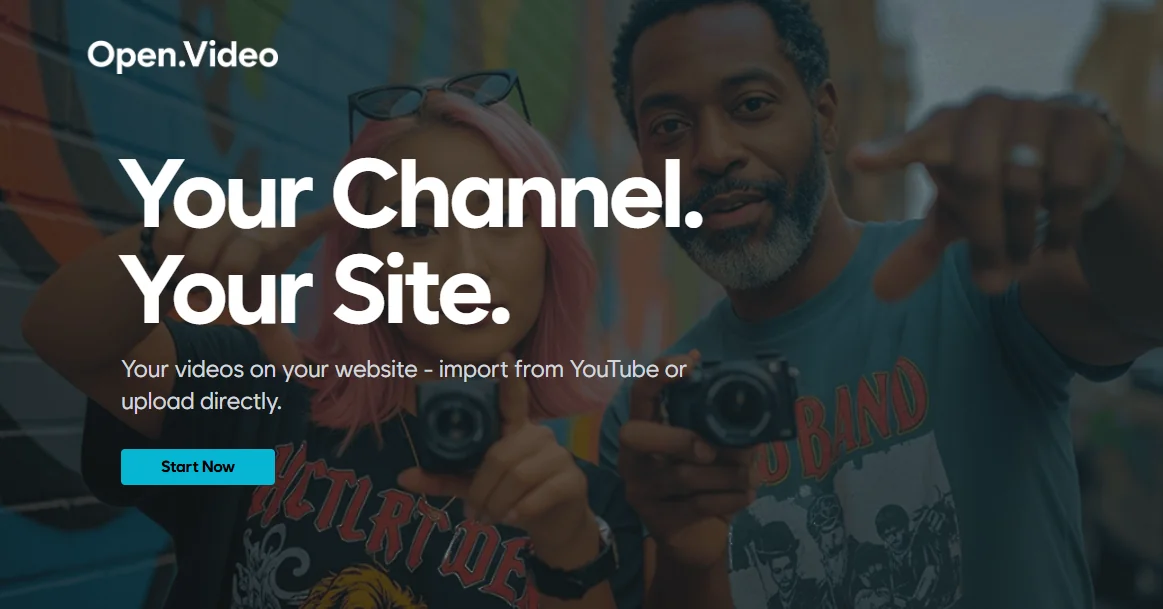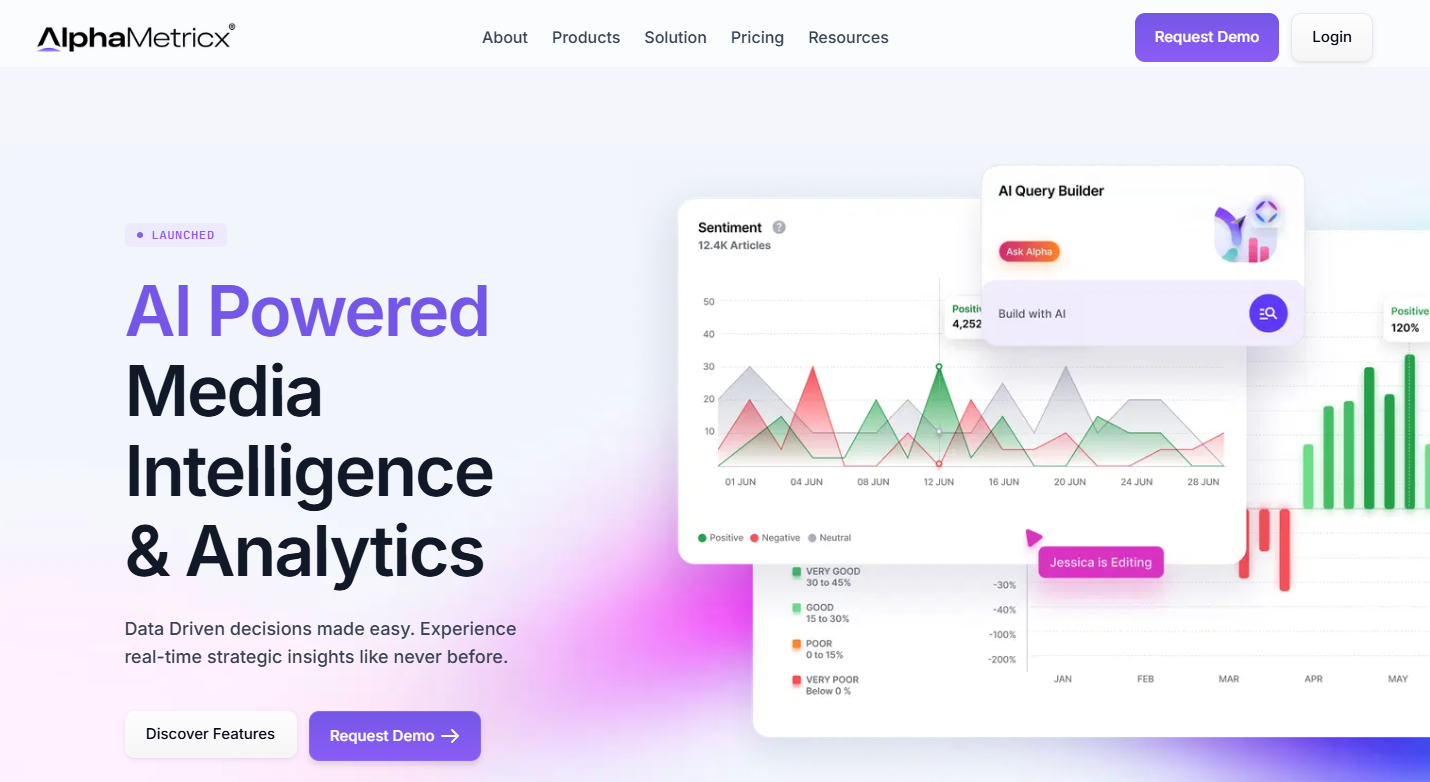Despite what many consumers may believe, digital content isn’t free. Producing great articles, blogs, videos, and podcasts takes time and money; digital publishers must find ways to recoup these costs.
There are several ways to recoup that cost, though digital subscriptions and advertising remain the most popular. Ads allow the audience to enjoy “free” access to online content, while subscription paywalls enable publishers to charge their audience directly.
While paywall adoption has grown since the early 2010s, gating content remains a thorny issue, with most audiences still trying to avoid paying for access.
Understanding what paywalls are, how they work, and their advantages and disadvantages is critical to making an informed decision when considering how one might fit within an existing business strategy.
Read on as we delve deeper into the topic.
What Is a Paywall?

A paywall is a digital gate that restricts visitor access to some or all of a site’s content until they’ve paid a fee. Paywalls are one of the primary methods publishers use to monetize digital content. Visitors can gain access by paying for a single article or signing up for a paid subscription.
Paying for a single article falls under the micropayment strategy, which has both critics and advocates in equal measure.
Some see the approach as the future of content monetization since micropayments require a lower level of commitment than a continuous subscription. And yet, the industry still needs to deliver a proven example of a successful micropayment strategy.
Subscriptions, meanwhile, are typically sold monthly or annually, and many publishers have successfully implemented subscription paywalls. The most obvious are The New York Times, which uses bundles to drive subscriber numbers, and The Washington Post, which has prioritized streamlining its payment process.
How Do Paywalls Work?
Simply put, paywalls ask visitors for money in exchange for access to paid content. However, how a paywall works depends on the type of paywall a publisher implements.
There are four different types of paywalls:
- Freemium
- Metered
- Dynamic
- Hard
While we’ll explore each in more detail below, it’s essential to understand that though each has the same goal (converting visitors into subscribers), they approach the problem differently.
At one end of the spectrum is the freemium version, which splits a site’s content into free and premium buckets. A hard paywall, meanwhile, sits at the opposite end of the spectrum and restricts almost all content on the site except for some teaser material.
4 Types of Paywalls
Paywall models have evolved throughout time. A publisher’s choice of paywall must respond well to their target audience’s needs, habits, and loyalty level. Selecting the kind of paywall that will avoid reader churn is imperative.
Freemium Paywall
Freemium paywalls offer some freely accessible material while limiting access to premium content for non-paying users.
These paywalls use free articles to attract users to the site before leveraging high-quality content to convert them into subscribers. News publishers, for example, will typically make breaking news accessible for all while locking in-depth news analyses and investigative stories behind the paywall.
The freemium model’s biggest advantage is that it provides an on-site customer funnel that can be measured and optimized in real time. Publishers can measure article performance to understand which articles drive the most conversations and focus on those topics for their premium coverage.
In 2016, The Telegraph switched to a freemium model that gated opinion columns, features and exclusive interviews. The UK Daily had been using a metered model but found that the wall prevented it from accurately differentiating between subscriber activity and that of free visitors.

Since implementing a paywall in 2013, the paper’s subscriber count has grown to 768,000.
Metered Paywall
Metered or soft paywalls offer access to a limited number of articles before prompting visitors to subscribe.
The New York Times has used a metered paywall since 2011 and has grown its subscriber count to almost 10 million in that time.
The metered paywall allows internet users to read limited content during a set time. After reaching this limit, users hit a soft paywall and must purchase access to continue reading.
Dynamic Paywall
Dynamic paywalls are a subset of metered paywalls. Still, instead of granting access to a set number of articles per month they use machine learning and artificial intelligence (AI) to tailor digital subscription offers based on user interests, online behavior, and price sensitivity.
The Wall Street Journal first implemented a dynamic paywall in 2018, using an AI-driven subscription prediction model based on user data.
The paywall loosens or tightens by evaluating dozens of signals that indicate whether the non-subscribed visitor is “cold, warm or hot” in terms of engagement and readiness to convert.

This approach has helped to boost its digital subscriber base to 3.3 million as of the first quarter of 2023.
Hard Paywall
Hard paywalls are the strictest type, requiring visitors to pay for a subscription before viewing the content. A hard paywall is placed before a specific section or website.
Hard paywalls can be risky for newer publications, but they tend to work for more established media with a well-developed niche audience.
The Financial Times introduced a metered paywall before transitioning to a hard paywall in 2015. The publication announced it had reached 1 million paying digital subscribers by early 2022.

Paywall Advantages for Digital Subscriptions
Let’s quickly examine the two main reasons publishers should consider implementing a paywall.
Subscription revenue has become a significant source of income for many publishers, providing a stable financial foundation.
Consistent Revenue
This is top of the list because subscriptions provide publishers with a relatively stable income stream compared to advertising.
The global economic squeeze heading into 2023 helped to depress ad spend in published media, underscoring the importance of revenue diversity. However, ad revenue volatility is hardly a new phenomenon, so publishers have sought to reduce their risk exposure for many years.
Data Ownership
Many publishers rely on advertising and subscriptions to insulate themselves from overexposure to a single source of income. Publishers with a successful paywall strategy have access to a swathe of first-party data that is becoming increasingly valuable in the face of the ongoing “pro-privacy” revolution.
As Google prepares to phase out cookies from the Chrome browser by the end of 2025, digital marketers are looking for ways to reach target audiences. Publishers that take ownership of their first-party data are better placed to negotiate with advertisers in a “post-cookie” world.
The Disadvantages of Paywalls
As with anything in life, where there are positives, there will be some negatives, and paywalls are no exception.
Requires Quality, Unique, Consistent Content
We’re not suggesting that having to produce great content should be a reason to avoid paywalls. But it’s essential to be realistic about the level of competition in the publishing marketplace.
Good, or even great, content isn’t always enough to justify a paywall to users. The internet is a vast space, and many visitors who encounter a paywall will try to find similar content somewhere else that’s free.
Unless a site truly offers unique content, odds are the audience will be able to find an alternative without too much trouble. Once a publisher produces enough high-quality and unique content, the next step is to do it consistently enough to become a friction point for users who have yet to subscribe.
Content from our partners
Or, as Gawker’s Hamilton Nolan once said: “The fact that readers like you are not enough to support an online paywall; readers must need you.”
The sad irony of that statement is that 11 years after this article, in which Nolan argued Gawker would never be the right fit for a paywall, the publication was shuttered after half a decade of financial turbulence.
It Might Hinder Growth
Paywalls can be a great approach for sites with a preexisting audience willing to pay for their content. However, a paywall can impede the early stages of a start-up’s audience growth.
Paywalls may stop users from becoming familiar enough with a site’s content to invest in a subscription confidently. A metered paywall is a good answer, which only kicks in after users have viewed a certain amount of free content.
Bypassing Is Still Possible
Typing “paywall” into Google will return a slew of articles on the first page that discuss how to bypass them while searching for “how to bypass a paywall” itself returns 837,000 results.
While this doesn’t mean there are countless ways to game the paywall system, it shows substantial interest in finding out how.
Depending on the specifics, different paywall systems and models are easier or harder to circumvent, but it’s important to remember that nothing is foolproof. Still, paywall service providers are constantly and actively working to prevent this.
The odds are that there aren’t enough people trying to hack a paywall to collapse the site’s revenue stream, regardless.
Final Thoughts
Paywalls are powerful tools for publishers, helping them generate revenue consistently while building comprehensive audience profiles. But that’s not to say they are the right choice for every publisher.
Creating a successful paywall strategy requires trial and error, as well as the will and resources to experiment with digital content to determine what truly resonates with readers.
This isn’t always viable for new or smaller publishers, given they’re working to build a name for themselves. Even larger publishers have struggled with the experiment, with Quartz and Time famously removing their paywalls.
For those that have seen great success, such as The New York Times, the experiment must continue, with strategies needing to be constantly updated to reflect shifting trends in audience behavior.












